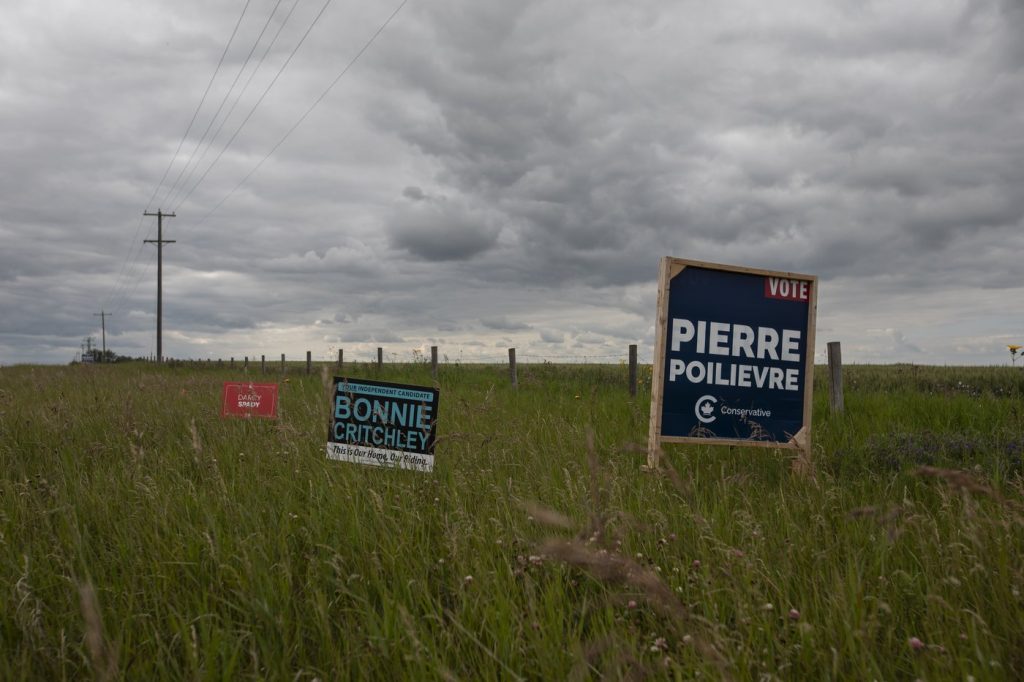CAMROSE – Advance polls for a historic federal byelection in Alberta's Battle River-Crowfoot opened today. This byelection marks a significant change in the voting process as, for the first time, voters are required to fill out a blank ballot. Elections Canada has reported a record 214 candidates vying for the seat, with the official voting day scheduled for August 18, 2025.
The majority of the candidates are affiliated with the Longest Ballot Committee, a protest group advocating for various reforms in Canada’s electoral system. This unprecedented number of candidates has resulted in unique voting requirements aimed at accommodating voters in a challenging ballot environment.
Prime Minister Mark Carney called the byelection in June following the resignation of Conservative MP Damien Kurek, who had successfully secured the seat during the general election held in April. Kurek stepped down so that Conservative Leader Pierre Poilievre could run for the vacated position. Interestingly, Poilievre himself lost his longstanding seat in Ottawa, representing Carleton.
The field of candidates in the byelection includes notable figures such as Liberal candidate Darcy Spady, NDP candidate Katherine Swampy, and Independent candidate Bonnie Critchley. With such a high number of contenders, Elections Canada has implemented exceptions to its standard ballot design. Traditionally, voters mark their preferences with an "X"; however, in this situation, voters must handwrite the name of their chosen candidate in a designated blank space.
According to Elections Canada spokesperson Matthew McKenna, misspellings will not invalidate a vote as long as the candidate's name is present. Voters are also permitted to include the name of a political party, but a ballot that only lists a political party will not be counted. To further assist voters, a large-print list of all candidates will be available at polling stations, and tools such as magnifiers and large-grip pencils will also be provided to facilitate the voting process.
Poll workers have received additional training to assist electors with filling out their ballots, and the counting process is expected to differ from previous elections to accommodate this new system. Poilievre expressed his concern regarding the Longest Ballot initiative in a news conference held in Calgary, pointing out that more than 90 candidates competed in the ballot during his previous run in Carleton.
He remarked, “I don’t have a problem with anyone who wants to run for office, even if they’re not known or not wealthy. But that’s not what these people are doing… they just want to inundate the ballot to confuse the situation, making it harder for people to vote. People with vision problems, the elderly, and others who have difficulty will find it harder to vote under these conditions.”
This byelection represents a pivotal moment in Canadian electoral practices, eliciting varied reactions from candidates and political leaders alike as the nation navigates a complex and historic electoral landscape.










